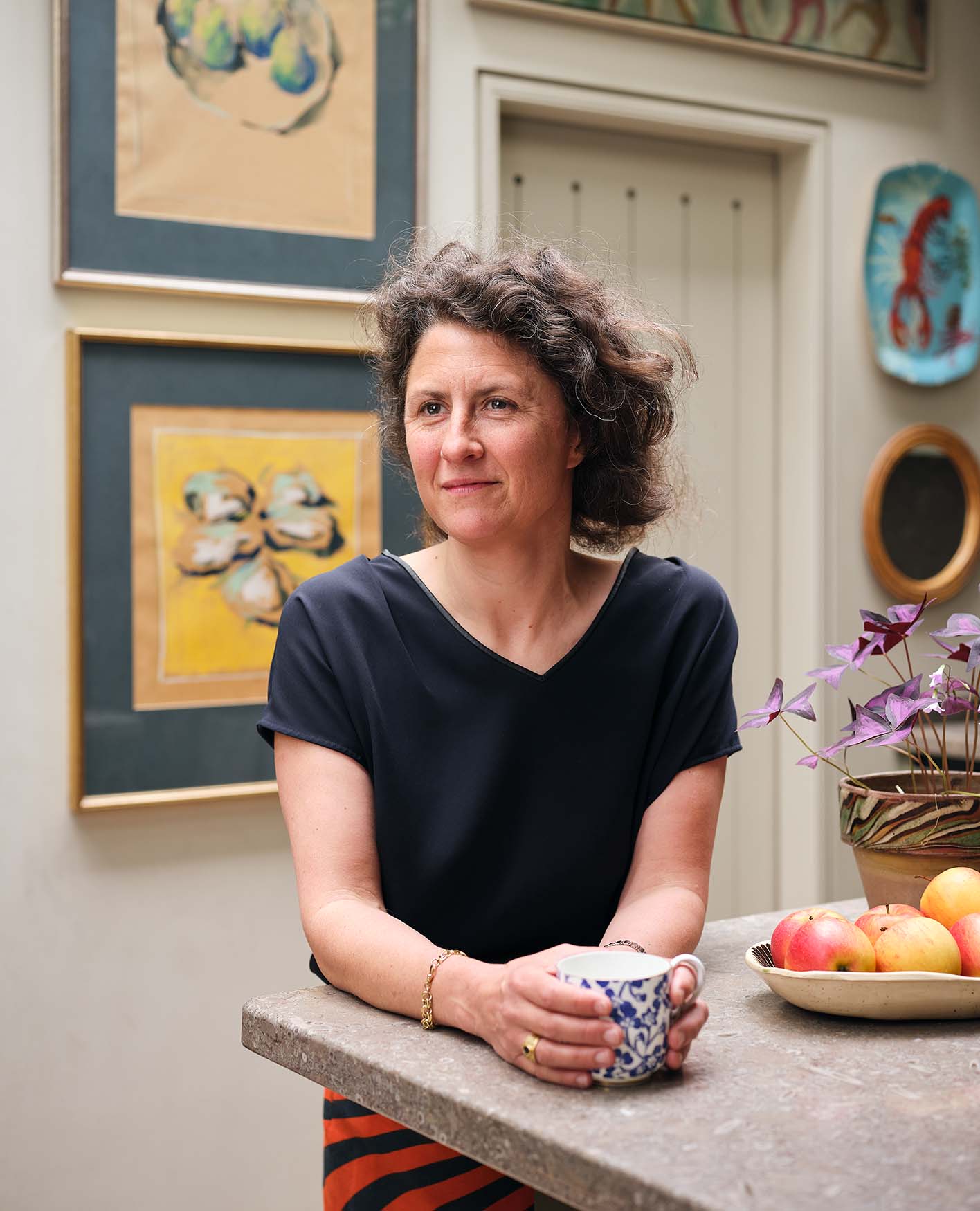Lucy Hammond Giles on Designing a Home for Multi-Generational Living

Could you live with your parents again? For many, leaving the nest symbolises the start of adulthood; it’s a full stop on family life as you know it, a chance to venture out and make your own space in the world. But, in recent years, this once finite stage in life has become transient, as many find themselves embracing the concept of a cross-generational household multiple times over. Whether a young professional in their 20s looking to save money on rent, a parent seeking support in later life, or simply a family who wants to spend a little more time together, having everyone under one roof is becoming increasingly popular. The role of the global pandemic in this cannot be understated; with lockdowns ushering in a need to rethink our living spaces, not to mention a greater appreciation for proximity to loved ones, the desire to consolidate has come on leaps and bounds.
“From a practical perspective, the advantages are shared childcare, dog walking, house sitting, cooking – all brilliant,” says Lucy Hammond Giles, Associate Director at Sibyl Colefax & John Fowler and House & Garden’s Interior Designer of the Year 2023, when we speak to her about the trend. “The disadvantages are, if you live in a smaller house, you’re going to get on top of each other.”

Thus presents a design conundrum: as families navigate the new social etiquettes that come with cohabitation, they also face the challenge of ensuring both privacy and congregation can be achieved in the same space. Indeed, it’s not without irony that Lucy notes the best way to live together is to ensure you can spend time apart. “There was a trend between the 1980s to 2000s for open-plan living, but actually having lots of smaller rooms is much easier to live with,” the designer explains. “If you have two families in the same house, it’s ideal to each have a kitchen area, for example. They don’t have to be enormous, but they give older generations a feeling of independence, and mean that families with toddlers don’t disturb everyone when they’re up at 5am.”
It’s careful considerations such as these that can make living as one big happy family all the easier to achieve. Conviviality is the theme of this year’s Brompton Design District (part of London Design Festival), which aims to highlight how clever design enables us to live collaboratively, and those in cross-generational households know this more than most. “I think good design is always really important,” says Lucy. “Doing a furniture plan, working out your seating areas and where everything is going to go – if you get the practical things right, then it’s easier for everyone to exist in a space, because they’re not thinking about how things work. They’ll be intuitive.”
The design choices don’t need to be glaringly obvious to be beneficial. Discreet details, such as slightly wider doorways or level flooring, can help make mobility easier for elderly residents, while non-slip surfaces, rug underlays and handrails will help generations both young and old. Likewise, ensuring there are easy pathways between furniture will benefit everyone, as will selecting designs with curved edges or upholstery. Different generations will also heat and light their homes in different ways, so ensuring there’s potential to zone and adapt these more practical elements will make life easier for all involved – think heating that can be adjusted in different rooms, and lights with dimmer switches to suit everyone’s preferences. “Curtains and rugs are aesthetic but they’re also practical, because they absorb the sound,” adds Lucy. “If someone is hard of hearing, they’re going to appreciate rugs layered on top of one another. These aren’t just comfortable and pretty.”

Giving each room a specific function is also key to creating a seamless living set-up for multiple generations. If you have the space for a separate TV room, for example, along with another room for reading or relaxing, this will create opportunities for everyone to have their own time alone – and keep battles for the remote control to a minimum. As Lucy notes, “not everyone wants to watch Die Hard on a loop.” If you don’t have the space for multiple rooms, using furniture to create different zones within one space can be an effective way of giving everyone their private time – bookcases, for example, can be used to give the illusion of individual rooms.
In addition to spaces in which you can retreat, the designer recommends creating opportunities to gather for specific purposes – a kitchen table so you can all eat together, for example, or a sitting room with seating to suit all generations. “It’s great to have different sorts of seating for lounging or chatting on,” Lucy explains, “as well as more upright chairs so people with bad hips can be a part of the group but comfortable in their own way.” With loneliness being a key factor in families choosing to cohabit, ensuring there are opportunities to socialise is paramount.
When it comes to aesthetic choices, juggling different tastes and styles may be a tricky path to navigate. What to do if the in-laws want to move their treasured antiques into your minimalist sitting room, for example? Compromise may be the answer – why not let people have carte blanche on private areas, and come to decisions together for communal spaces? Agree to meet in the middle and you’ll be starting your cohabitation off on the right foot – a happy, harmonious household that works in theory as well as in practise.
You can find out more about Sibyl Colefax & John Fowler here.
